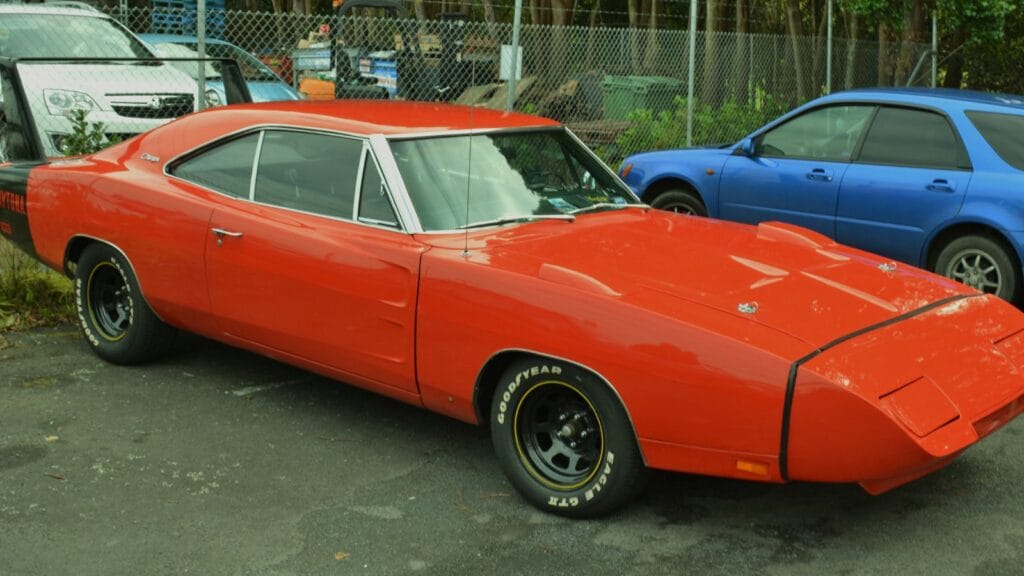When you think of muscle cars, you imagine big V8 engines, tire-shredding torque, and quarter-mile times that made family sedans look silly. But not every car that wore stripes, badges, and spoilers actually had the muscle to back it up. The 1970s and early 1980s in particular saw some of the weakest horsepower numbers ever attached to so-called “muscle cars,” as emissions rules, insurance premiums, and oil crises all conspired to strangle performance. Some of these cars looked the part but had engines that wouldn’t outpace a modern economy hatchback. Here are twelve of the most disappointing examples — the muscle cars with horsepower so low, you have to wonder how they ever earned the name.
1974 Ford Mustang II Mach 1
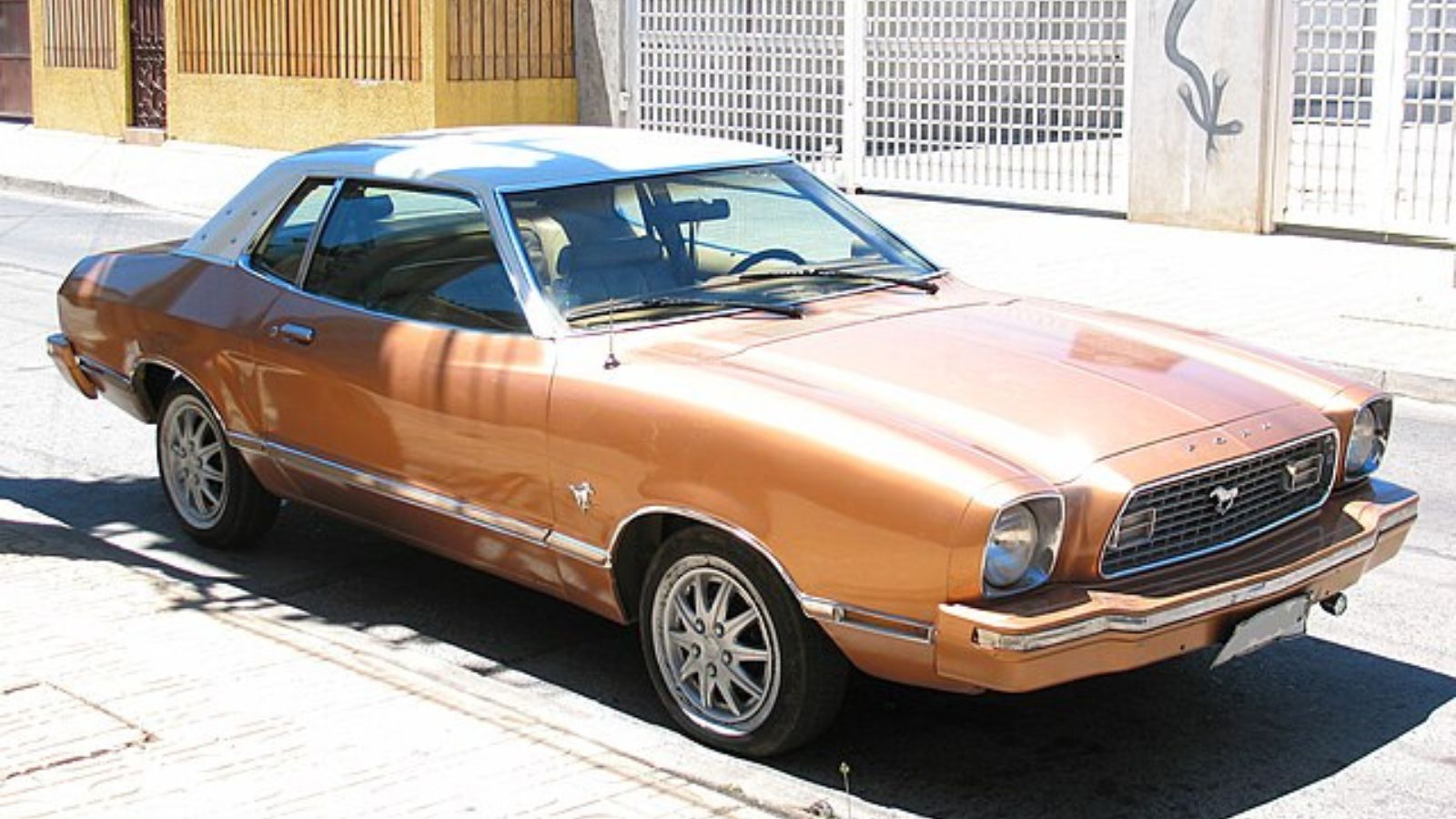
When Ford downsized the Mustang into the Mustang II, enthusiasts nearly revolted. The Mach 1 trim promised performance with stripes and sporty styling, but its base engine was a 2.8-liter V6 making just 105 horsepower. Even the optional V8 topped out at only 140 horses. Compared to the original Mustang’s performance heritage, this was an embarrassment. Many historians call the Mustang II the low point of the Mustang’s legacy, a car more concerned with gas mileage and emissions than performance.
1978 Chevrolet Camaro Z28
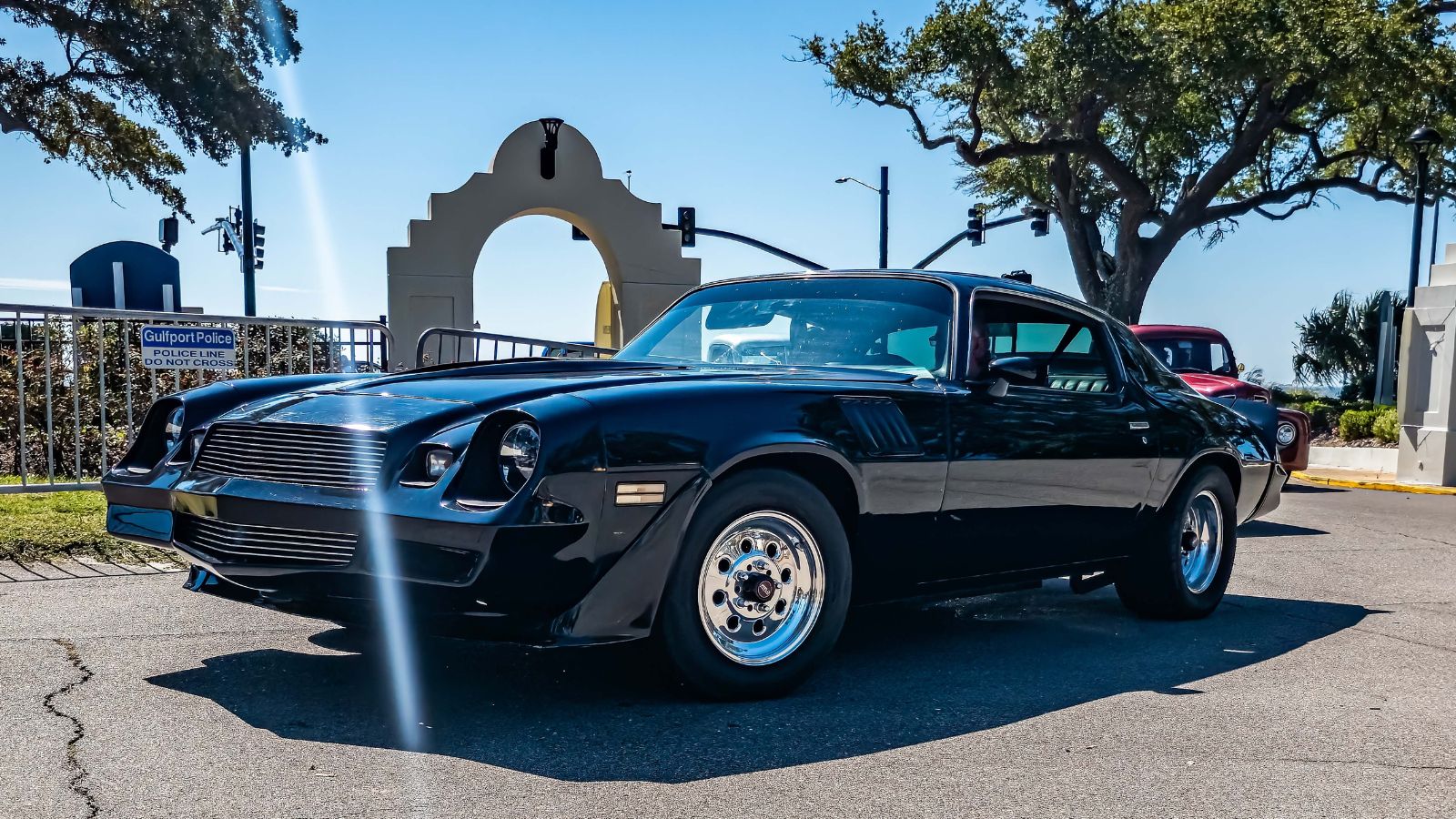
The Camaro Z28 of the late 1970s wore spoilers, scoops, and bold graphics, but the performance underneath was a shadow of its former self. Its 350-cubic-inch V8 managed just 185 horsepower. By comparison, earlier Z28s from the late 60s had been making over 300 horses. Despite its weak performance, the Camaro still sold well thanks to its styling and reputation, but owners quickly discovered its bite didn’t match its bark.
1976 Dodge Charger Daytona
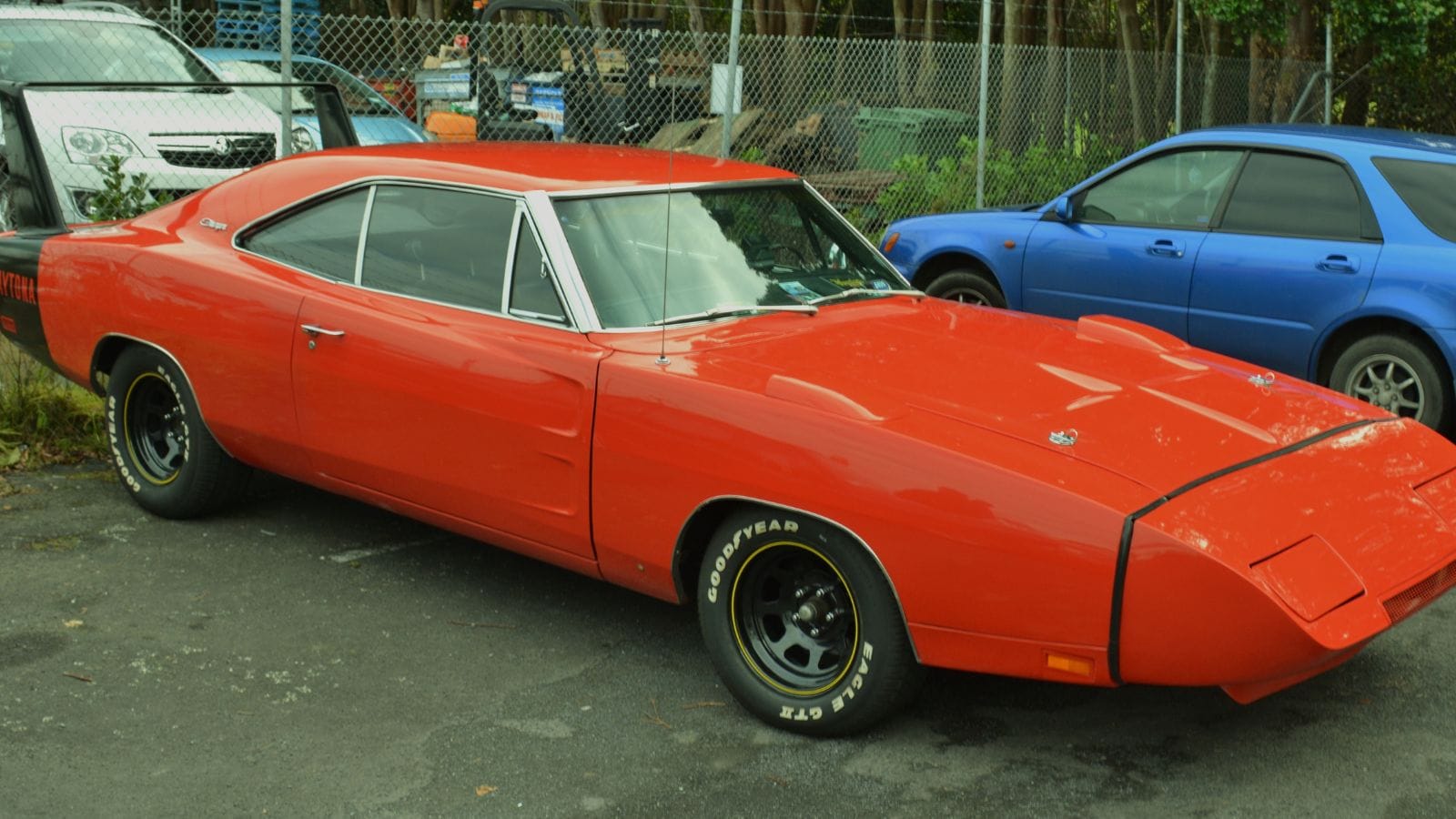
The Dodge Charger had been a star in the late 60s muscle era, but by 1976, the Daytona edition was muscle in name only. Its base 318-cubic-inch V8 produced just 145 horsepower, while bigger engines barely cracked 180. It looked like a Charger, with aggressive styling cues, but it couldn’t deliver the performance buyers expected. Fans of the earlier Charger 426 HEMI models found this version particularly painful.
1979 Pontiac Firebird Trans Am
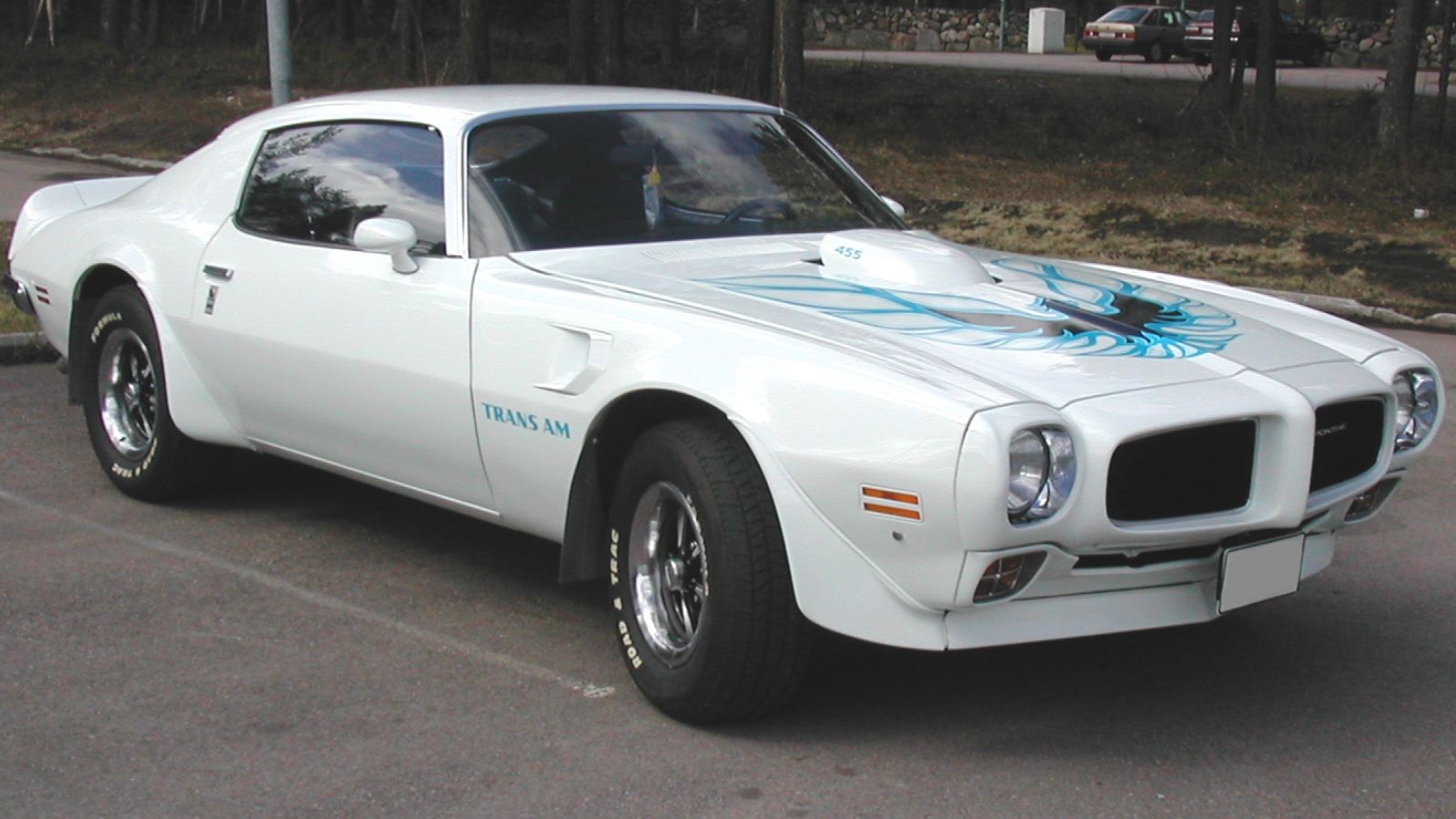
The Trans Am became a pop culture legend thanks to Smokey and the Bandit, but its reputation wasn’t backed up by performance in the late 70s. The 403-cubic-inch Oldsmobile V8 under the hood made just 185 horsepower. Even the “high-performance” 400 V8 didn’t break 220. The car looked menacing with its shaker hood and screaming chicken decals, but many owners found themselves outrun by family sedans.
1977 Mercury Cougar XR-7
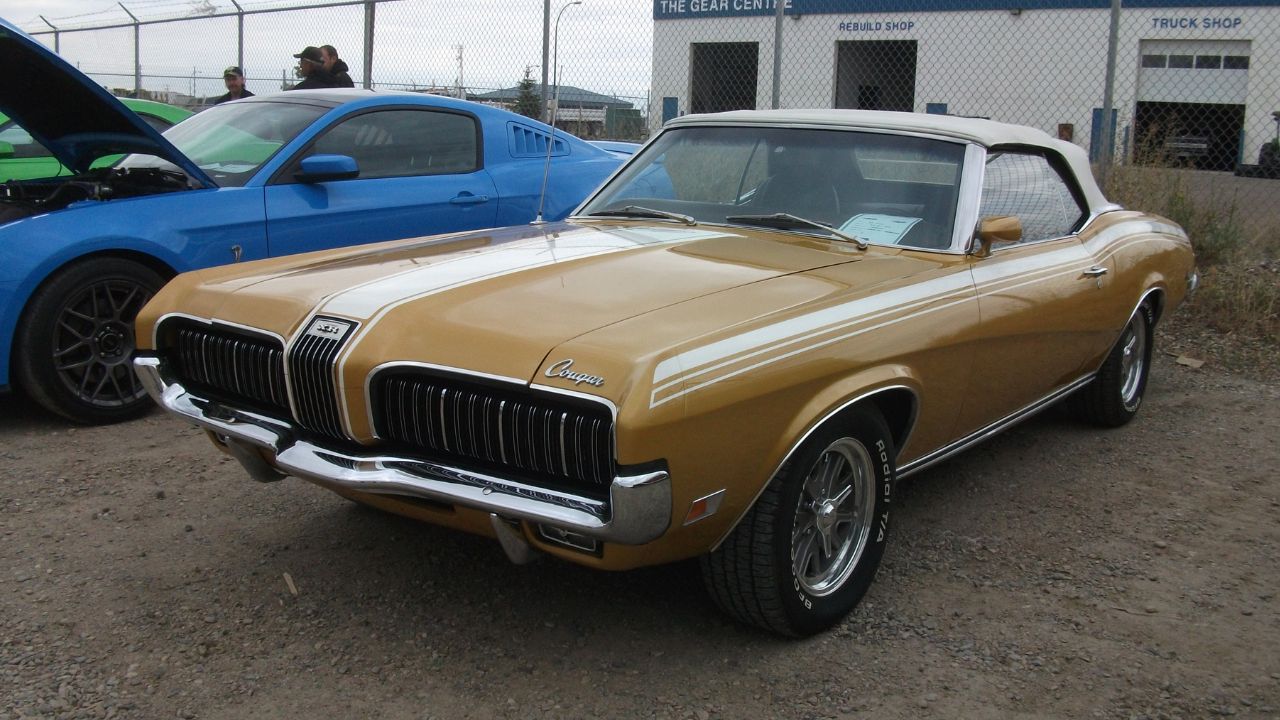
The Cougar XR-7 of the mid-70s was more personal luxury cruiser than performance machine. Its 302-cubic-inch V8 produced only 129 horsepower, which made its sporty looks almost laughable. By this point, the Cougar had strayed so far from its muscle car roots that it was really more of a dressed-up commuter. Still, Mercury marketed it with muscle-inspired cues that didn’t fool enthusiasts.
1980 Chevrolet Corvette California 305
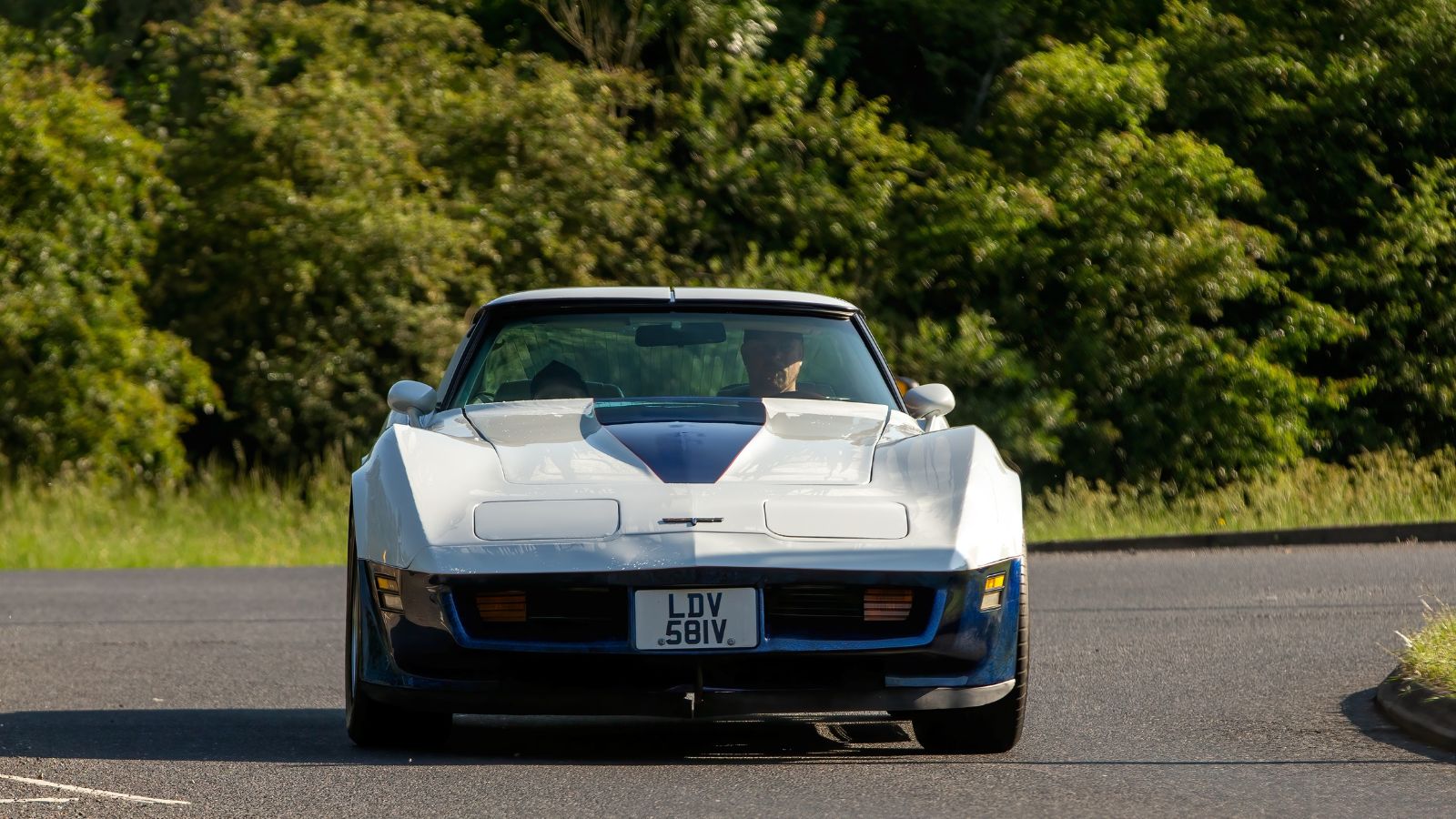
Even America’s sports car wasn’t immune to the malaise era. In 1980, California buyers got a special version of the Corvette fitted with a 305-cubic-inch V8 making a dismal 180 horsepower. This was a Corvette that looked every bit the part but had acceleration figures that embarrassed its owners. Earlier Corvettes had pushed over 400 horses, so this was a staggering fall from grace.
1975 AMC Matador X
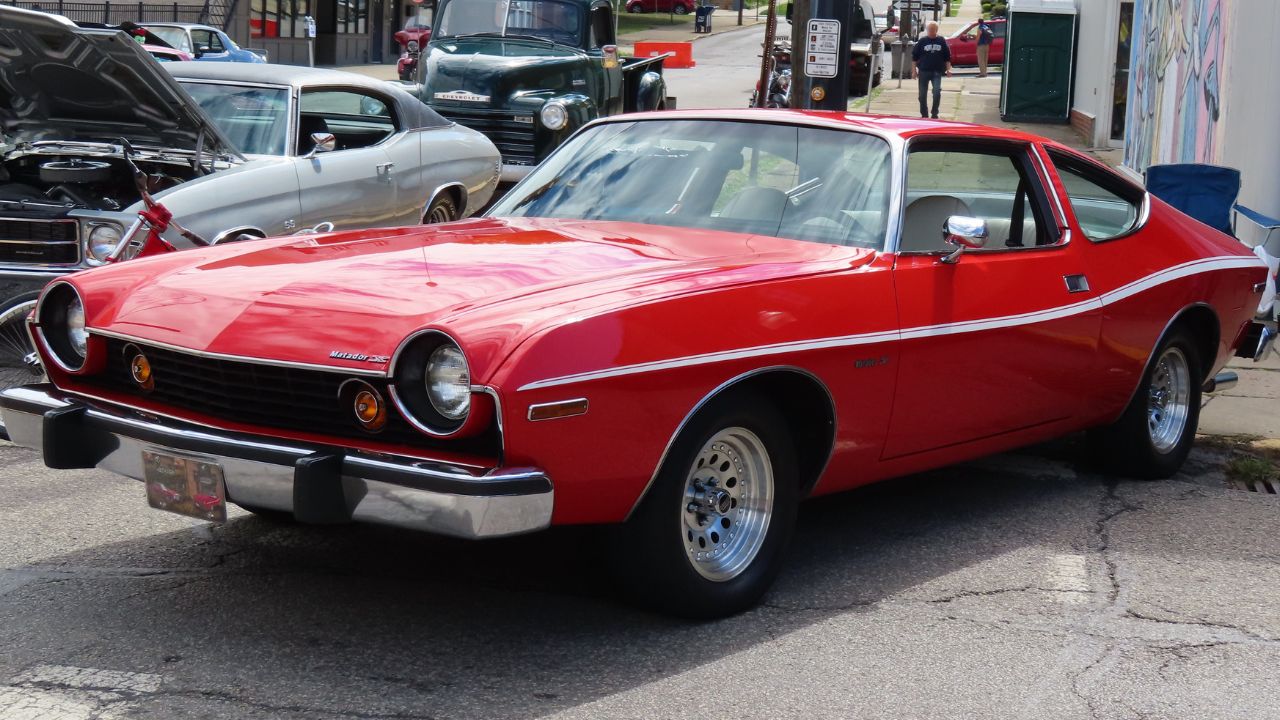
AMC tried to capitalize on the muscle craze with the Matador X, a sporty-looking coupe with stripes, spoilers, and aggressive styling. But its base 304 V8 produced only 120 horsepower. Even the optional bigger engines weren’t much better thanks to emissions strangling. For a car marketed as a muscle coupe, its performance was laughably weak. Today, it’s remembered more as a curiosity than a serious performance contender.
1982 Chevrolet Camaro Berlinetta
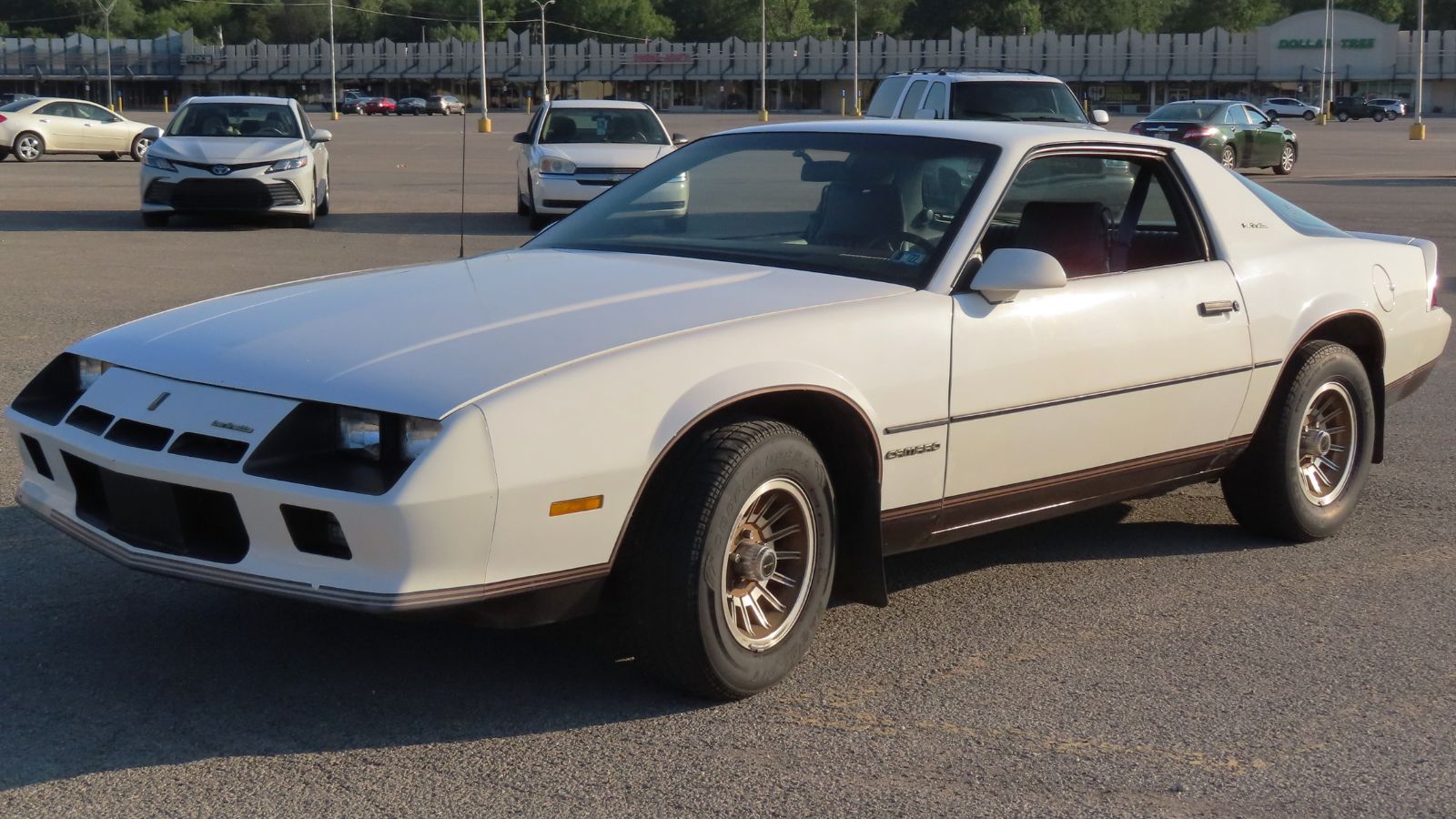
By the early 1980s, Camaro trims had become confusing. The Berlinetta version leaned into style and comfort, but incredibly, its base engine was a 2.5-liter four-cylinder making just 90 horsepower. That meant a car wearing Camaro badges and muscle car styling cues was slower than many economy cars of the time. Enthusiasts couldn’t believe that such a weak engine ever made it into a Camaro.
1974 Plymouth Duster 360
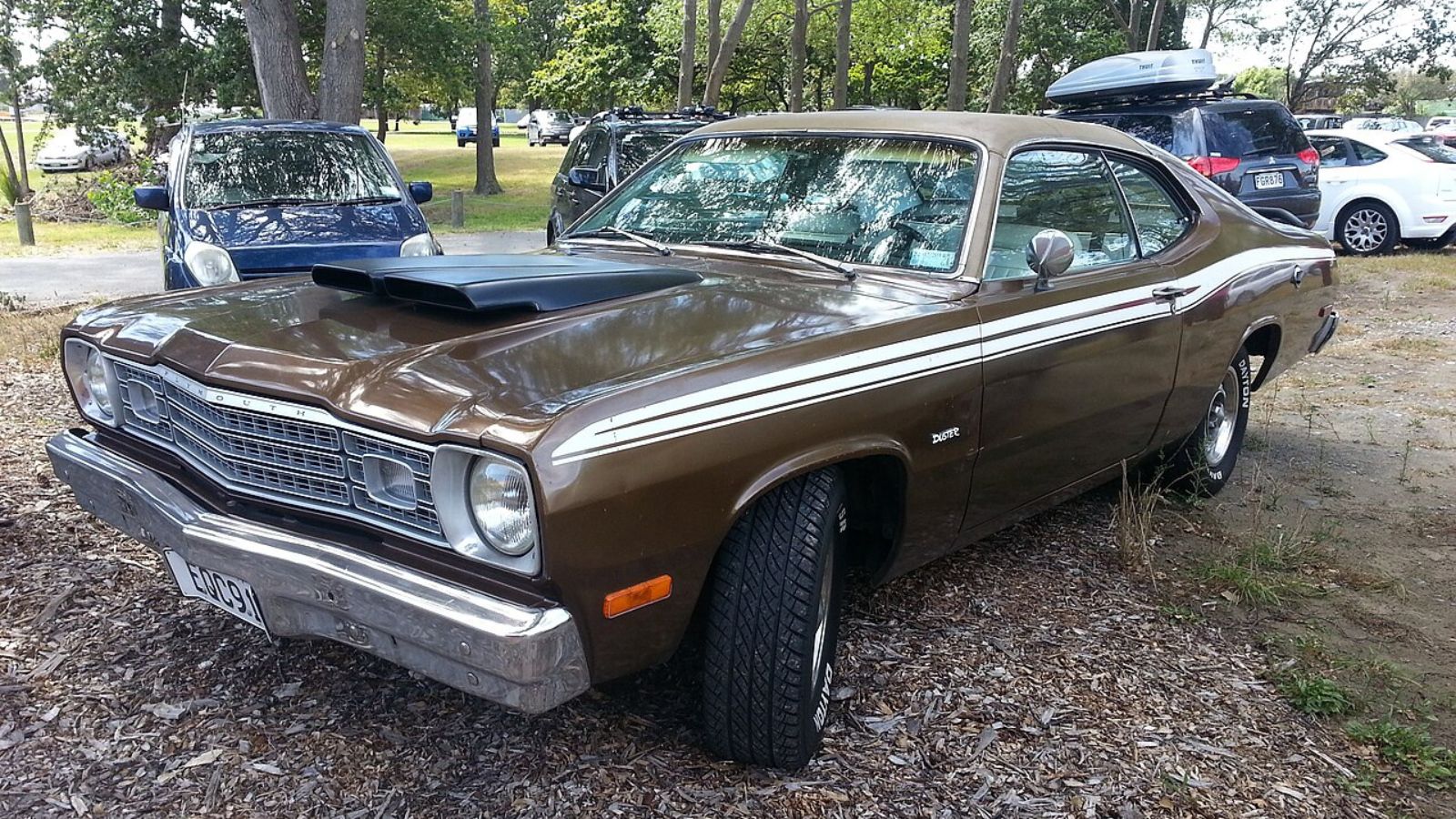
The Plymouth Duster had muscle car aspirations, but by 1974 its 360 V8 only managed 245 horsepower. That might sound respectable compared to some cars on this list, but it was a far cry from the 400-plus horsepower Mopars had been making only a few years earlier. The Duster looked the part, but its performance was neutered to the point where enthusiasts questioned its muscle credentials.
1980 Ford Thunderbird
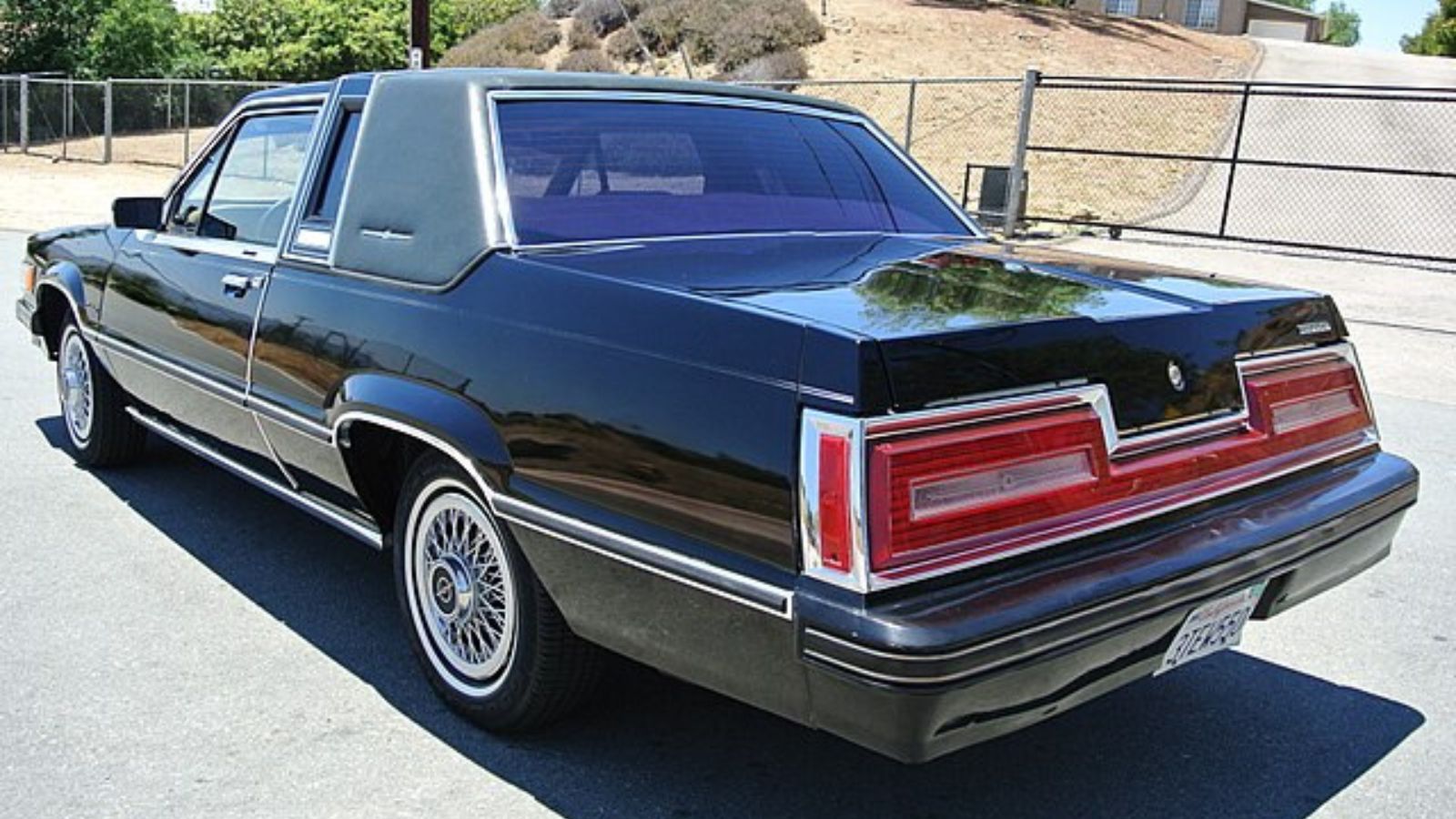
The Thunderbird had once been a stylish performance coupe, but by 1980 it had lost all connection to its heritage. Its optional 255-cubic-inch V8 made just 119 horsepower, leaving the car hopelessly underpowered. For a car sold with sporty luxury marketing, its actual performance was an embarrassment. Owners joked that the Thunderbird had gone from bird of prey to oversized pigeon.
1981 Pontiac Grand Prix LJ
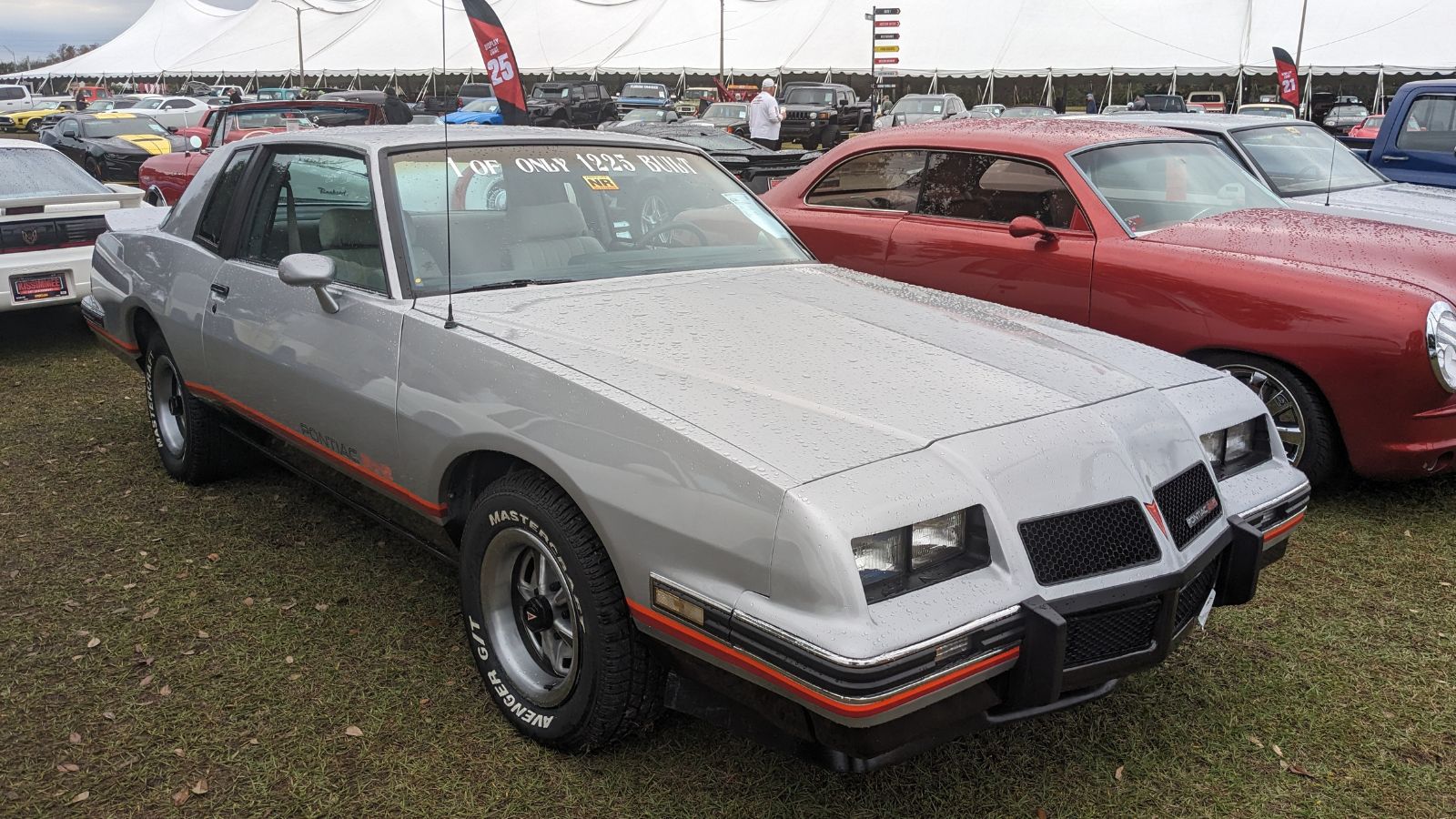
Pontiac was once GM’s performance brand, but by the early 80s, its cars were more about padded vinyl roofs than horsepower. The Grand Prix LJ looked sharp, but under the hood it had a V8 producing only 150 horsepower. That figure was hardly enough to make the big coupe feel lively, let alone justify the muscle car reputation Pontiac had built in the 60s.
1979 Dodge Aspen R/T
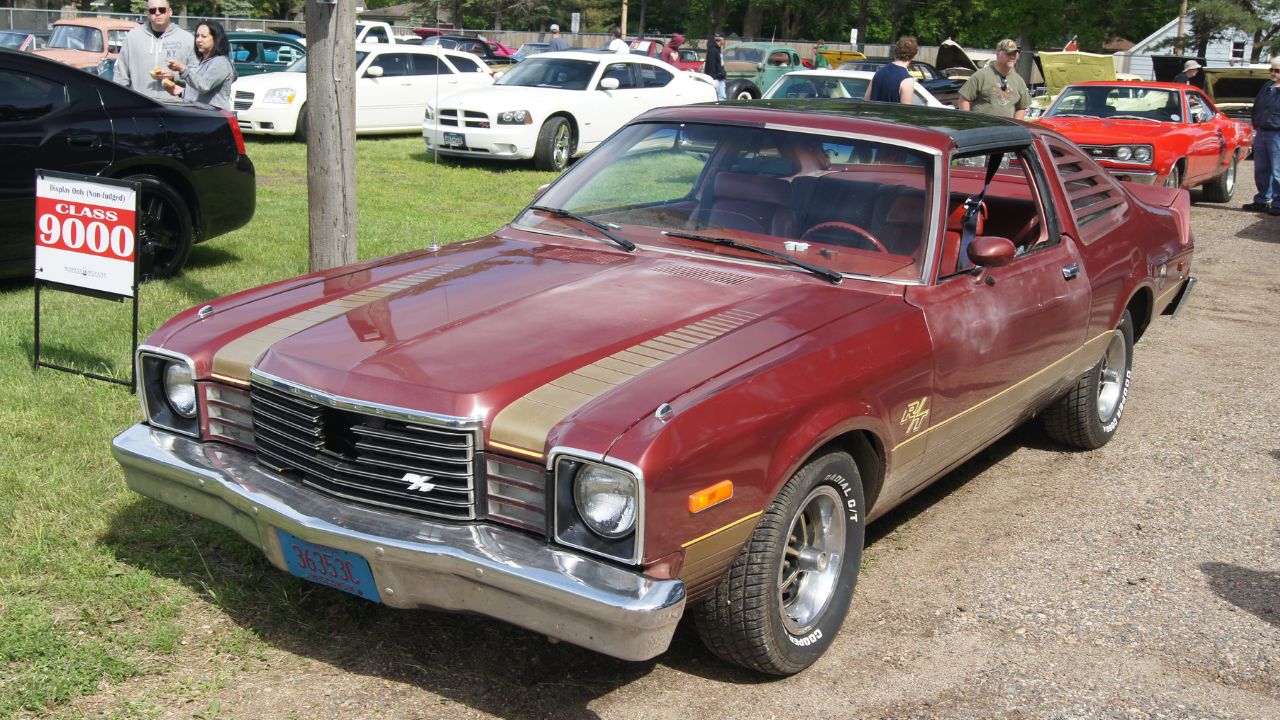
The Dodge Aspen R/T wore all the right stripes and badges, proudly carrying the R/T designation associated with Dodge performance. But the reality under the hood was depressing. Its 318 V8 delivered just 135 horsepower, making it one of the weakest R/T-badged cars ever produced. It looked like a muscle car but drove like a rental sedan. For Mopar fans, the Aspen R/T remains one of the most disappointing models ever sold.
25 Facts About Car Loans That Most Drivers Don’t Realize

Car loans are one of the most common ways people fund car purchases. Like any other kind of loan, car loans can have certain features that can be regarded as an advantage or a disadvantage to the borrower. Understanding all essential facts about car loans and how they work to ensure that you get the best deal for your financial situation is essential. Here are 25 shocking facts about car loans that most drivers don’t realize:
25 Facts About Car Loans That Most Drivers Don’t Realize
